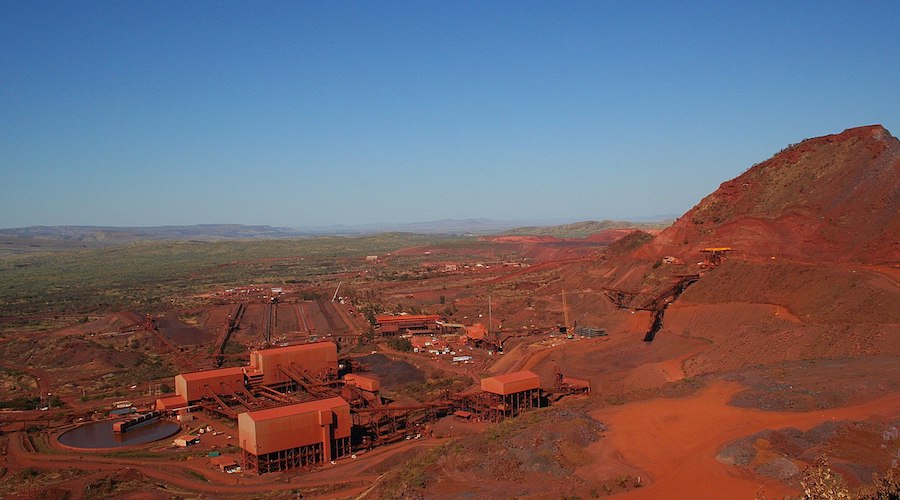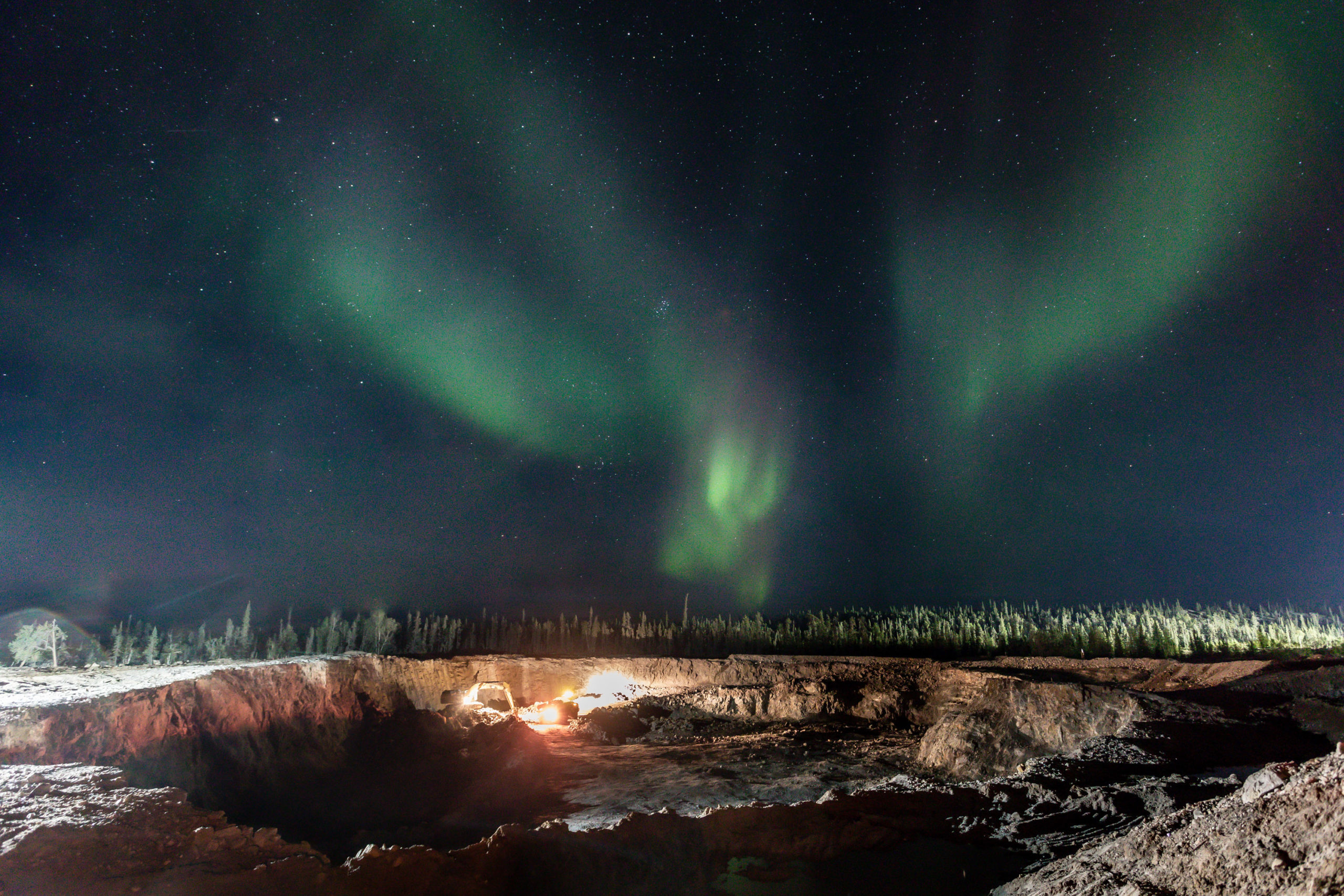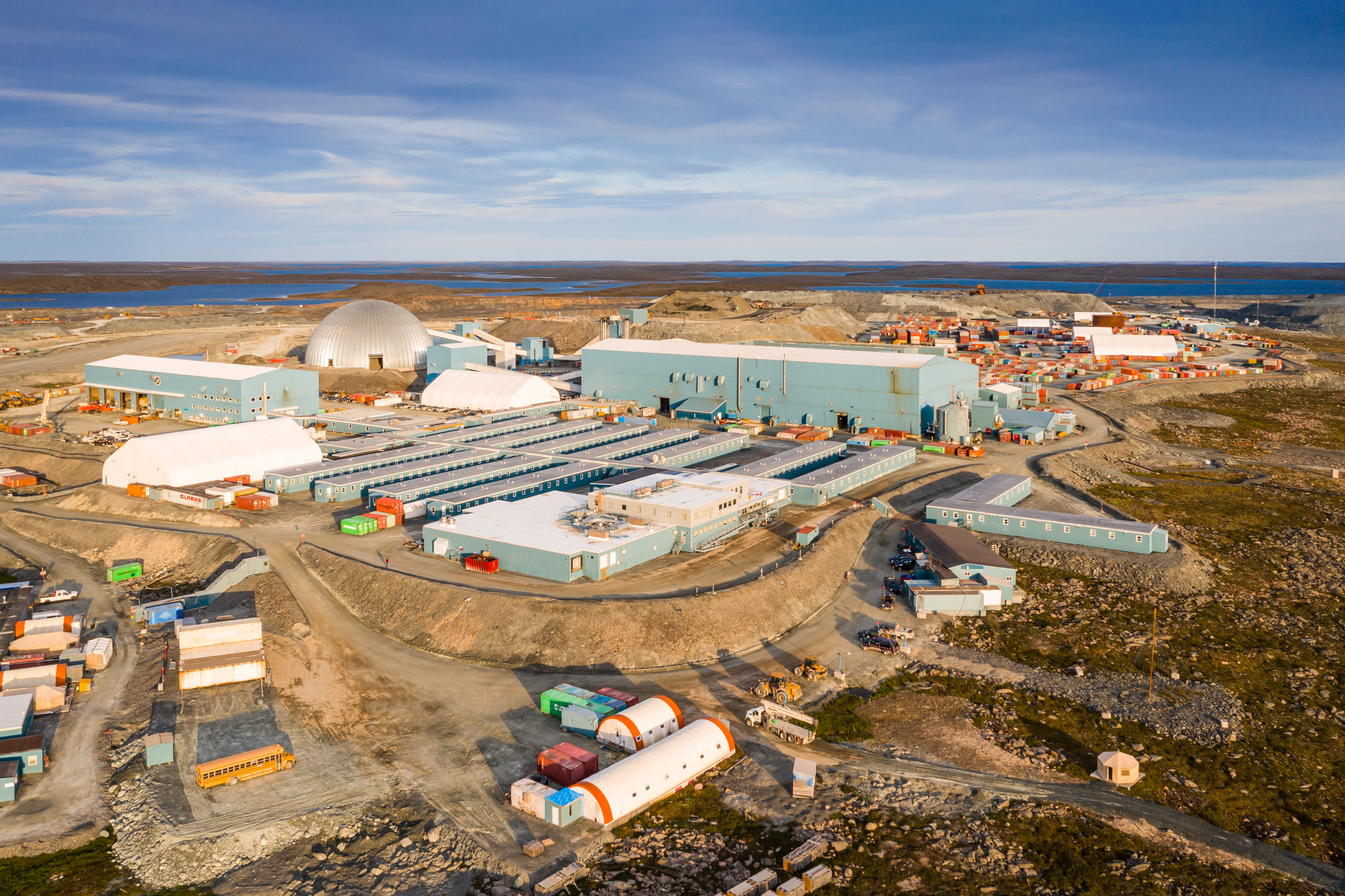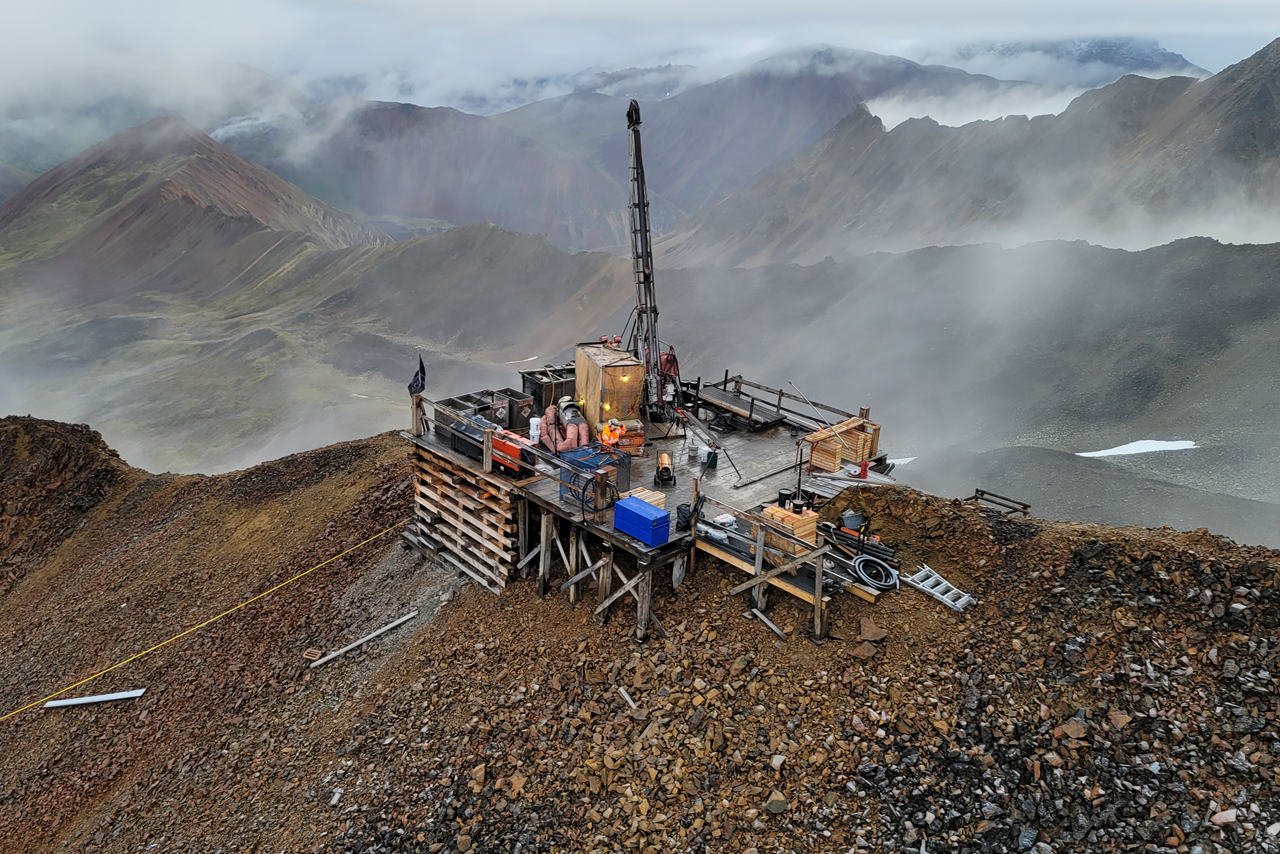Rio also said it had kicked off a review on best practices for cultural heritage management in the mining industry, which will be done in consultation with a just formed Indigenous advisory group and other independent parties.
The goal, the world’s second largest miner said, is to identify gaps in current protocols and provide a clear pathway to re-establish trust over time and regain Rio Tinto’s previous standing in this area.
“We must focus on real engagement with our communities, understanding their felt experience and never forgetting that, ultimately, we are guests on their land,” chief executive Jakob Stausholm says.
Tony Bevan, a director at Wintawari Guruma Aboriginal Corporation (WGAC), one of nine Aboriginal Corporations that have agreements with Rio, told Reuters that the mining company had not provided them any details on the plans.
“WGAC is yet to see any evidence of a strengthened and improved approach to cultural heritage management. We have no visibility on the significantly strengthened internal practices, policies and governance that is referred to,” Bevan said, adding the announcement “came across as another big company marketing document”.
Looming legislation change
Rio Tinto’s demolition of the Juukan sacred caves, which had permit approval, not only caused global outcry. It also triggered a government inquiry that recommended legal and sectorial reforms, including the halt all of Rio’s activities in Western Australian’s Pilbara region.
The parliamentary commission also asked the miner to undertake land rehabilitation and review all of its agreements with traditional owners.
The inquiry has not detailed what, if any, financial compensation Rio Tinto should pay to the traditional owners as part of a negotiated restitution package. It only said the agreement should include keeping intact places where artefacts and other material could be stored and displayed.
The WA Government is currently reviewing these laws, which were written decades before Native Title was introduced.




